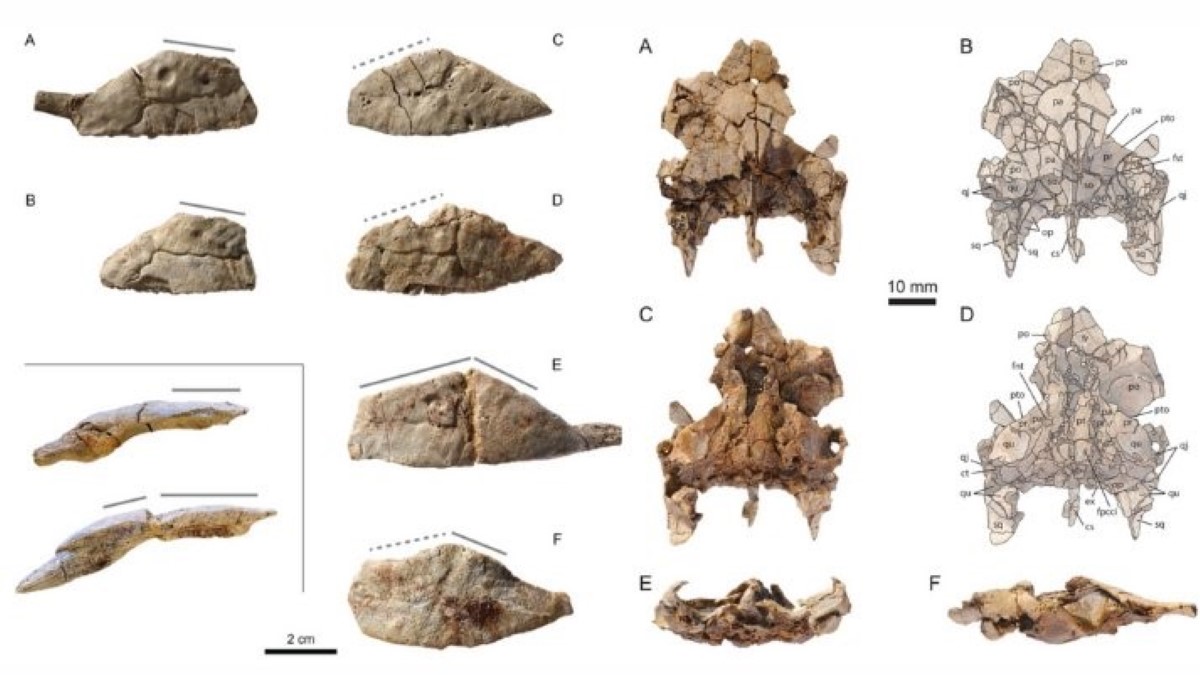GERMANY: In a significant paleontological discovery, a perfectly preserved turtle fossil from Lower Bavaria has provided valuable insights into the species and habitat that thrived in southern Germany around 150 million years ago.
Identified as the best-preserved specimen of Solnhofia parsonsi to date, the fossil offers tantalizing clues about the ancient coastal environment.
The study sheds light on the distinctive characteristics of this prehistoric turtle, highlighting its unique adaptations compared to modern sea turtles. The fossil, meticulously preserved with intact forelimbs and hind limbs, points to a coastal lifestyle for the ancient reptile.
Unlike the elongated flippers of present-day sea turtles, the comparatively short limbs of Solnhofia parsonsi suggest that it dwelled near the coast, rather than venturing into the open sea.
Felix Augustin, a member of the Biogeology Working Group at the University of Tübingen, expressed astonishment at the remarkably well-preserved extremities of the Solnhofia specimen.
The fossil also retains the head and carapace of the turtle, revealing a long and pointed beak, a triangular head, and a carapace measuring nearly half the length of the turtle’s body.
Researchers propose that Solnhofia may have utilized its robust head to crush hard food items, including shelled invertebrates, although it is likely that its diet comprised a diverse range of foods.
Márton Rabi, co-author of the study from the University of Tübingen, pointed out that while modern turtles may display similar feeding behaviors, Solnhofia’s diet was likely not exclusive to one type of food.
The name “Solnhofia” pays homage to the limestone deposits of Solnhofen, a location south of Nuremberg in the valley of the Altmühl.
The region has garnered fame for its rich fossil finds, including the celebrated Archaeopteryx—one of the earliest birds—and numerous pterosaurs and marine reptiles. The layers of Solnhofen limestone, abundant in fossils, extend throughout the valley of the Altmühl.
The Solnhofia parsonsi fossil, discovered in a quarry in the Painten district west of Regensburg, represents a relatively recent development in systematic fossil excavations, spanning only about two decades.
The exceptional preservation of fossils in the limestone layers owes credit to the environmental conditions that prevailed around 150 million years ago.
During this period, a shallow, tropical sea covered southern Germany, featuring numerous islands and reefs that separated basins from the open sea. Particles suspended in the water settled on the basin floors, forming the limestone layers that now hold these ancient treasures.
The discovery of Solnhofia parsonsi not only contributes to our understanding of prehistoric turtles but also provides valuable glimpses into the coastal habitats that thrived during this remarkable era.
As paleontologists continue to explore and unearth fascinating specimens, the mysteries of the distant past come alive, offering a window into the diversity and complexity of ancient life on Earth.
Also Read: 72-Million Year Old Dinosaur Embryo Found Inside a Fossilized Egg in China



